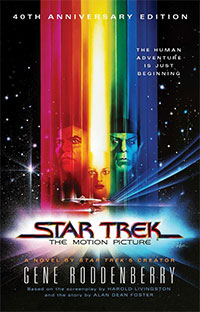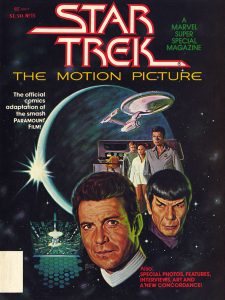The original five-year mission of the Starship Enterprise to explore strange new worlds and to seek out new life and new civilizations has ended.
Now James T. Kirk, Spock, Dr. McCoy, and the rest of the crew of the Enterprise have separated to follow their own career paths and different lives.
But now, an overwhelming alien threat—one that is ignoring all attempts at communication and annihilating all opposition in its path—is on a collision course with Earth, the very heart of the United Federation of Planets.
And the only vessel that Starfleet can send in time to intercept this menace is a refitted Enterprise, with her old crew heeding the call to once again boldly go where no one has gone before….
The release of a reprint of the novelization of Star Trek: The Motion Picture by Gene Roddenberry is a double celebration for Simon & Schuster. Not only does the book celebrate 40 years since the release of The Motion Pictures into theaters in 1979, but also 40 years since Simon & Schuster began publishing Star Trek novels.
Back in 1979, The Motion Picture was the first novel released in the line, and though the imprints, editors, and authors may have changed over the years the line as a whole has not. Spanning hundreds of novels, 40 years of publishing works from one fictional universe is a celebratory occasion, and so what better way to show off and reach back and revisit the very first novel?
And The Motion Picture is quite a read. The only Star Trek novel written by Gene Roddenberry, the book is a mostly faithful adaptation of the screenplay for Star Trek: The Motion Picture, with a number of additions by Gene Roddenberry that combine together to heighten the book’s weirdness and its tropes.
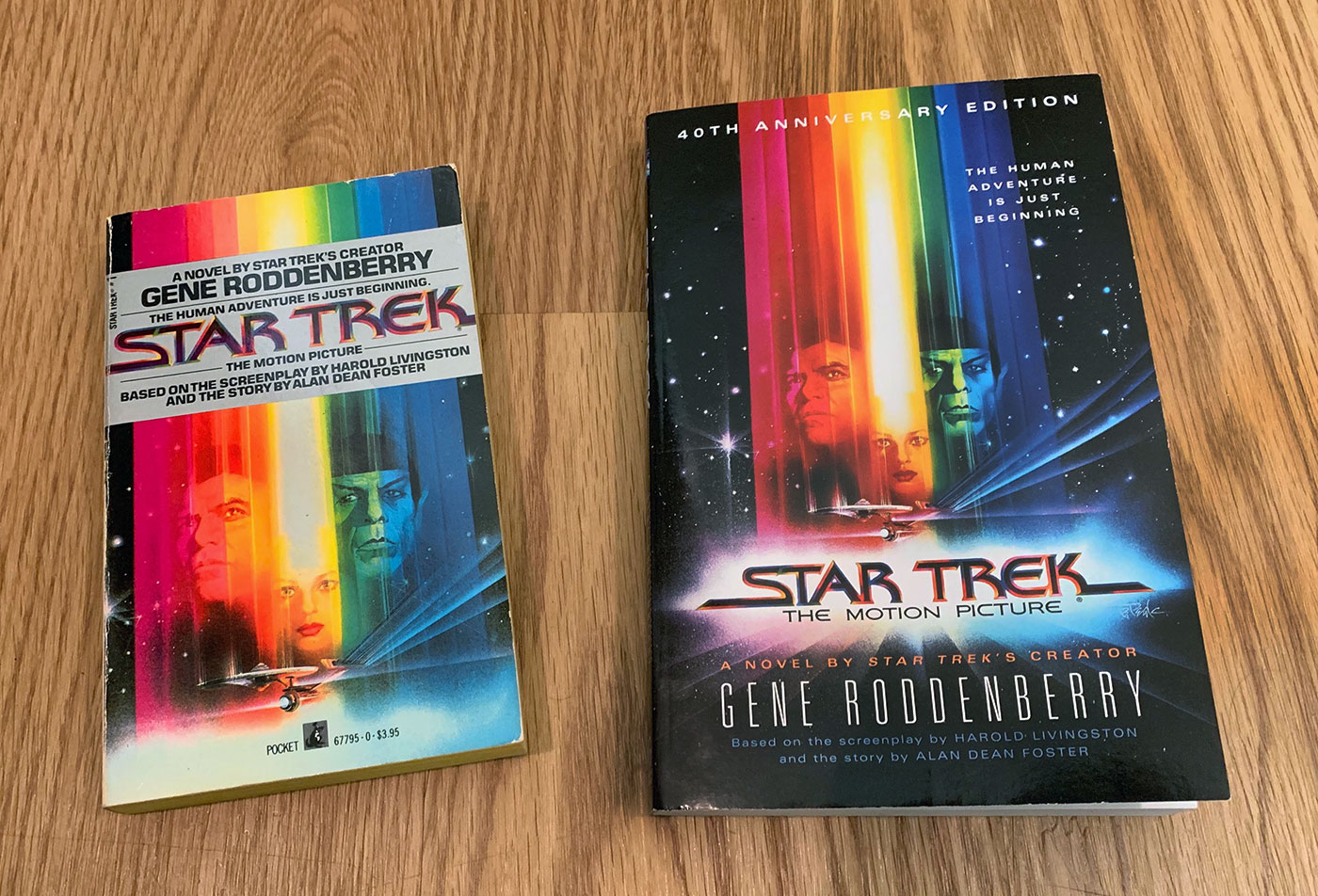
Your love — or lack thereof — for The Motion Picture won’t be moved by its novelization. Roddenberry uses the prose to smooth over some of the inconsistencies seen on screen and provide a fuller explanation for some of the characters’ motivations, but the core story remains largely the same. We dive deeper into Kirk’s state of mind – his jealous need to reclaim the Enterprise and his antagonistic relationship with Will Decker, as well as learning a little more about Decker and Ilia’s relationship before boarding the Enterprise.
But, with the broad strokes of the story locked in amber, and the dialogue nearly identical to that on the screen, the only thing left to dwell upon is quite how weird this book is, and what an insight it gives us into the mind of Star Trek’s creator.
Roddenberry certainly lets loose with a number of his signature moves. We’ll get the most obvious out of the way first: this book has a lot more sex than the movie does. Whether it’s Kirk experiencing arousal at a number of quite inappropriate times, or Roddenberry dwelling on his conception of how sex will have changed in the future, it can really only be said thusly: this is a very horny novel.
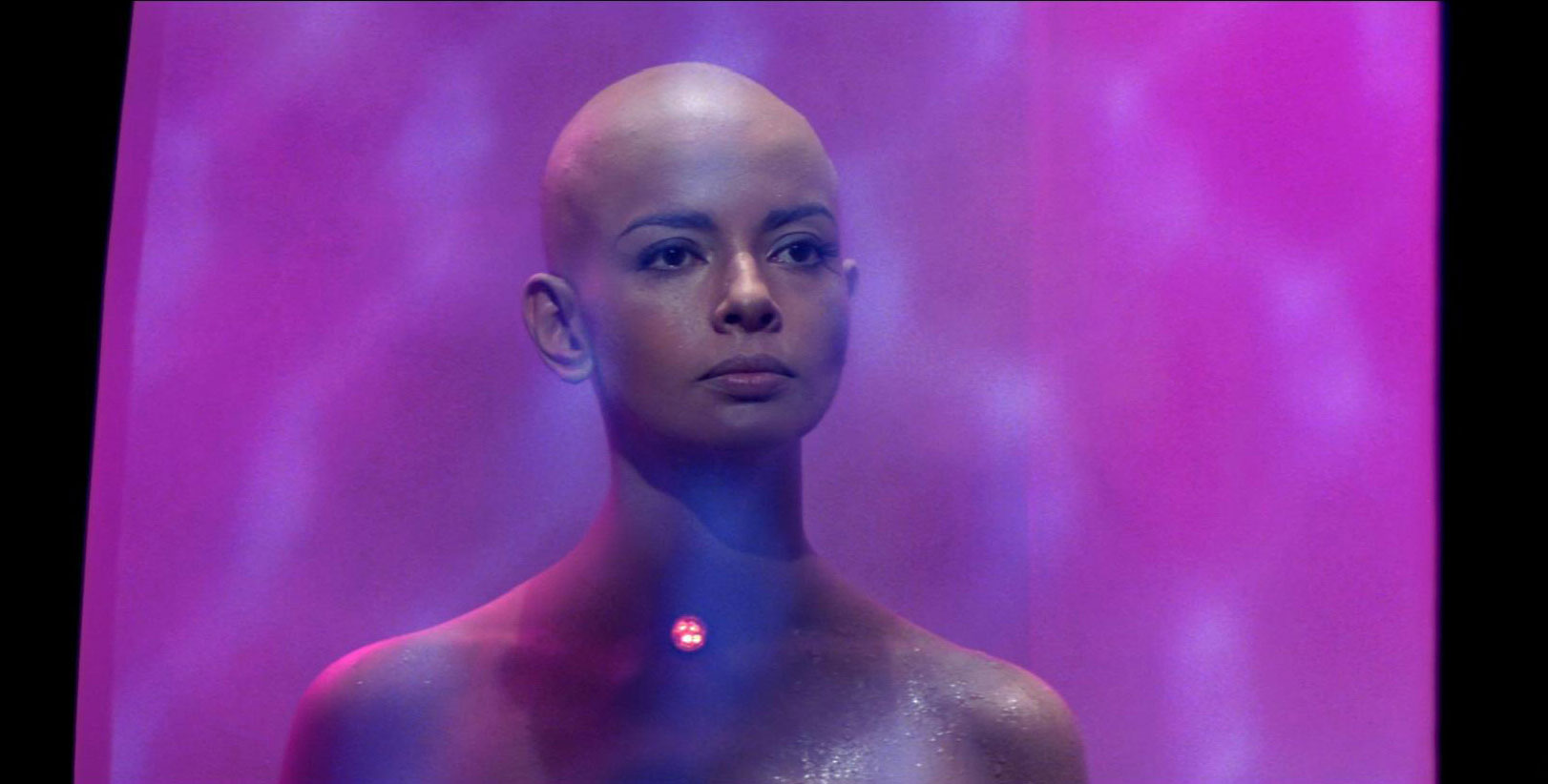
Rather problematically, while the relationship between Decker and the probe that takes the form of Ilia are shown to be nothing if not awkwardly platonic on screen, Roddenberry decides they should have an off-screen sexual encounter, that is only briefly referenced before the final act of the novel really picks up. Issues of consent aside, Roddenberry punched up as much of the sexual and erotic elements of the movie as he could, and the story does not benefit from it. Rather than giving us any greater insight into the characters or the story, it just reads as needless and puerile.
However, the weirdest part of the book isn’t even part of the main narrative. Prior to the first chapter, there is a first person preface from “Admiral Kirk” in which he discusses his feelings about his original five year mission — largely distorted by the admiralty to enhance his fame — humanity, and space flight. Roddenberry uses this short preface to interject some of his boldest ideas yet about the humanity of the future.
Kirk (whose first name is James thanks to his “father’s beloved brother” and his mother’s…ahem…”first love instructor”) posits that by the time of The Motion Picture there are two humanities; the more rugged old school version of Kirk, McCoy, and his crew, and an evolved “new human” who eschews many of the former’s baser instincts. While Kirk recognizes his advancement over, say, present day humanity, he discusses how Starfleet is crewing its ships with humans of “more limited intellectual agility.”
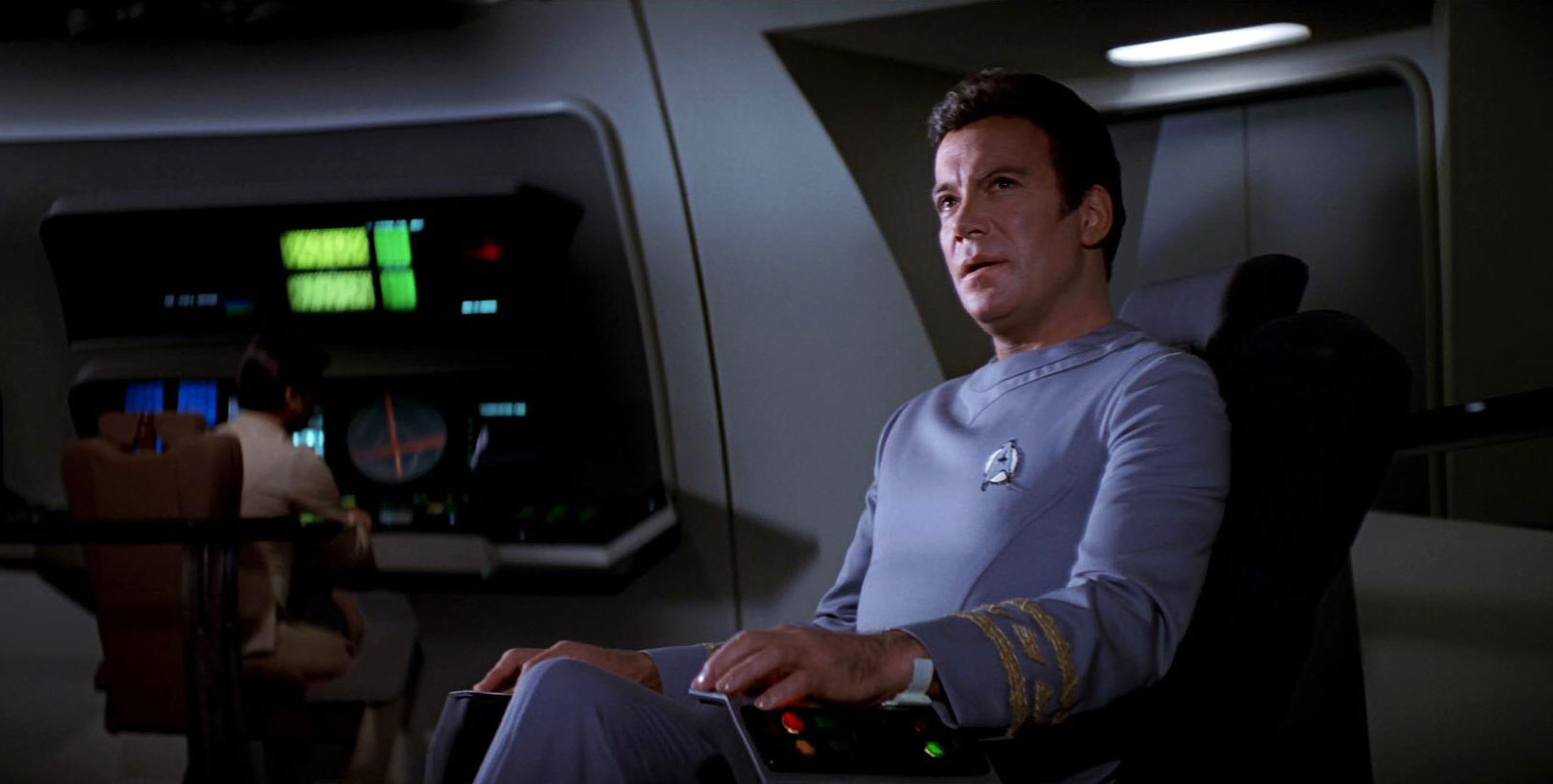
“New humans” get one more brief shout out in the body of the novel, but alas, this curious and actually quite interesting idea is never followed up on again. It does seem to indicate a fascinating insight into Roddenberry’s own evolution of his views of the future, however. For Roddenberry, he is between the Original Series and The Next Generation, moving from the western wagon train to something akin to showing us those “new humans” in The Next Generation. More intellectual, more adaptable, less conflicted…less primal.
The Motion Picture novelization is a fast read – relatively short by the modern standard of Star Trek novels. But it’s a fascinating time capsule into the mind of the man who created Star Trek and shows very strongly the things that he cared about and obsessed over when he was the only master of the narrative and did not have to share writing credits with anybody.
That includes the good – ruminations on the evolution of man, his interest in spirituality. But it also includes the bad – demonstrating that he possessed the sexual maturity of a teenage boy. Perhaps appropriately for the 1970s, The Motion Picture novelization is a trip. If you haven’t read it, you simply must.
![]()
In addition to this 40th-year reprint, there are a few more Star Trek: The Motion Picture print works arriving over the next several months in honor of the film’s ruby anniversary.
Coming in mid-December, IDW Publishing will be issuing a reprint of Marvel Comics’ original graphic adaptation of the first Star Trek film, written by Marv Wolfman with artwork by Dave Cockrum, Klaus Janson, and Bob Larken.
Just announced this week, May 2020 will beam down a brand-new retrospective from Titan Books, as authors Jeff Bond and Gene Kozicki bring us Star Trek: The Motion Picture – Inside the Art and Visual Effects, a hardcover coffeetable book filed with design work from the 1979 picture.
Forty years ago, Star Trek: The Motion Picture bought Kirk, Spock and the Enterprise crew to the big screen and changed the course of the Star Trek franchise. Now celebrate this landmark anniversary by discovering the visual artistry that made this an enduring science fiction classic. For the first time ever, explore archival material created by legendary Star Trek collaborators, including Robert Abel, Syd Mead, Ralph McQuarrie, Andrew Probert, and Ken Adams.
We’ll be sure to bring you preorder links on this new book as they become available!

